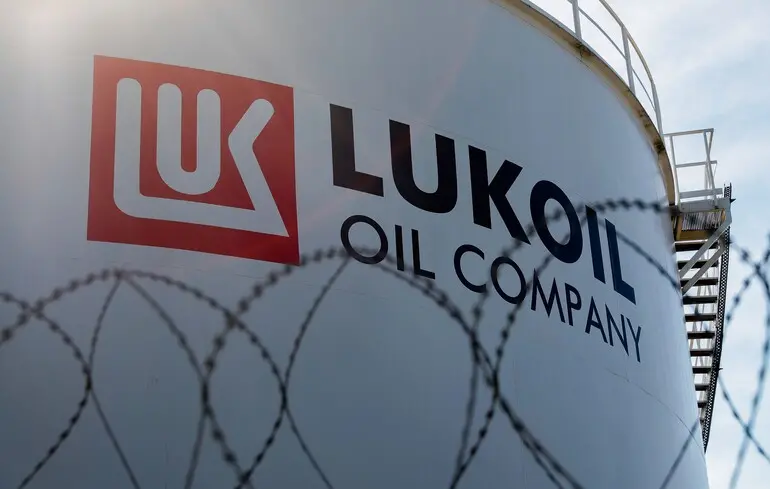Russia Faces Severe Fuel Shortage Crisis: Over 20 Regions Struggle with Gasoline Scarcity and Rising Prices

Recent intelligence reports indicate that the Russian Federation is currently experiencing a critical shortage of fuel across more than twenty of its regions, including temporarily occupied Ukrainian territories.
This crisis has arisen due to a combination of factors, notably dwindling inventories at retail gas stations and deliberate supply restrictions by major state-controlled corporations such as Rosneft, Lukoil, Gazprom Neft, Surgutneftegaz, and Tatarstan’s Tatneft.
These firms are intentionally delaying the shipment of contracted gasoline, preferring to pay a 5% penalty rather than increasing market supplies.
Such tactics have led to the closure of several gas stations in regions like Belgorod and Vladimir oblasts.
The situation is exacerbated by high credit rates, which hinder the creation of reserves by local operators.
Despite the ongoing fuel crisis within Russia, Belarus has imposed restrictions on fuel exports to Russia, further complicating the scenario.
Experts warn that during the winter of 2025/2026, fuel shortages could intensify, aggravating economic and social problems in Russia.
The Kremlin may be forced to increase imports from Belarus, Kazakhstan, and China, introducing logistical challenges, especially in supplying occupying forces in contested territories.
Already, critical shortages of A95 gasoline are recorded in Moscow and Saratov, with many stations completely out of stock.
On September 17, the Saint Petersburg International Mercantile Exchange recorded record high fuel prices—with the cost of a ton of AI-92 exceeding 73,200 rubles.
The crisis is worsened by the shutdown of 13 oil refining plants since August 2, which had a combined capacity of over 119 million tons per year.
The government and oil companies have had to adjust maintenance schedules to restore internal supplies partially.
Meanwhile, Transneft has warned that production may need to be cut due to logistical strains and increased demand.
The ongoing shortage threatens to deepen further, impacting Russia’s economy and its military logistics in occupied territories.

